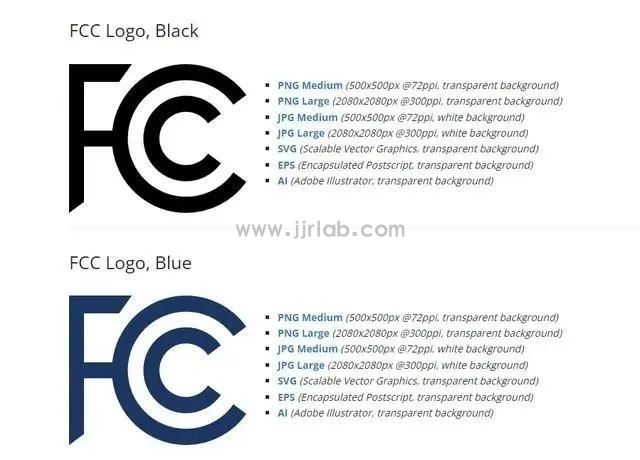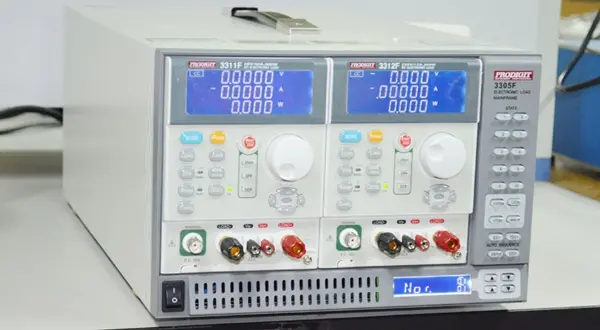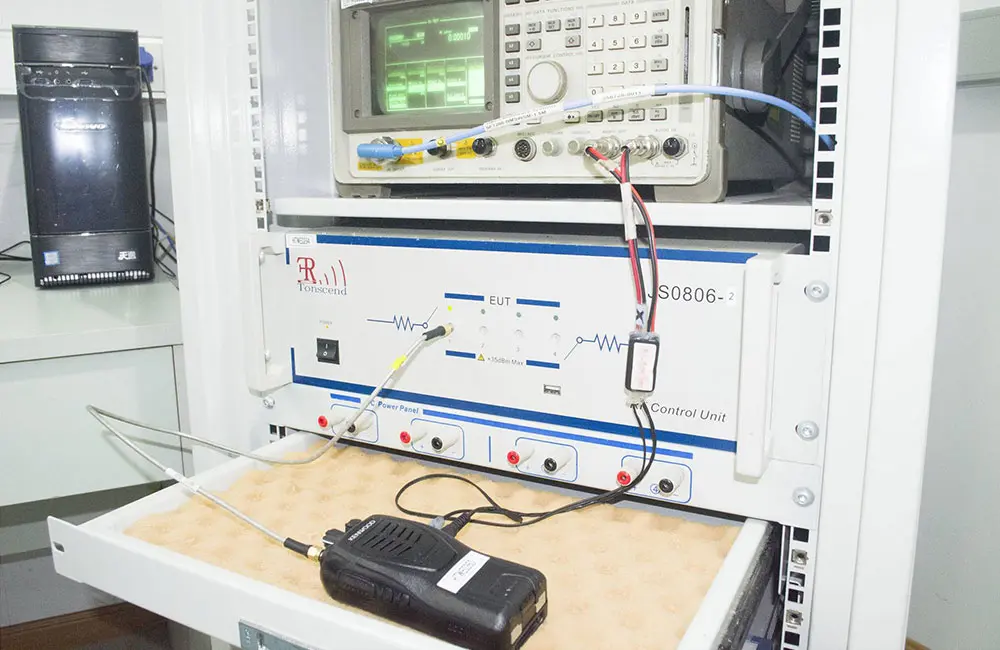
How to get the EN 55032 Test Report?
What is the en 55032 Test Standard?
EN 55032 is an electromagnetic compatibility (EMC) test standard for mULtimedia equipment formulated by the European Committee for Electrotechnical Standardization (CENELEC). It integrates the requirements of the former EN 55013 (for audio-visual equipment) and EN 55022 (for information technology equipment), and applies to multimedia equipment poweRED by alternating current (AC) or direct current (DC) (≤ 600V).

Background and Scope of Application of EN 55032 Standard
Officially enforced in March 2017, EN 55032 aims to address the testing needs arising from the diversified functions of multimedia equipment and provide a unified testing framework for integrated devices. The scope of covered equipment includes:
① Computers and monitors
② Audio equipment and televisions
③ Entertainment lighting control devices and their combinations
en 55032 test Items
EN 55032 tests are mainly categorized into two types: Emission Tests and Immunity Tests.
1. Emission Tests
① Radiated Emission: Measures the intensity of electromagnetic waves in the frequency range of 30MHz - 6GHz (divided into two segments: 30MHz - 1GHz and 1GHz - 6GHz).
② Conducted Emission: Detects interference voltage through power lines/signal lines in the frequency range of 0.15MHz - 30MHz.
③ Harmonic Emission and Voltage Fluctuation: Evaluates power line harmonic signals and voltage stability.
2. Immunity Tests
① Radiated Immunity: Verifies the equipment's ability to resist external interference such as radio waves.
② Conducted Immunity: Tests the equipment's resistance to conducted interference from power grids/signal lines.
③ Induced Immunity: Targets transient interference from magnetic or electric fields.
Importance of the EN 55032 Standard
① Market Access: geting EN 55032 certification is a mandatory prerequisite for the EU CE certification.
② Safety Assurance: Reduces the impact of electromagnetic interference on human health and the normal operation of other equipment.
③ Technical Uniformity: Integrates testing requirements for multiple types of equipment, streamlining the certification process.
Required Documentation for EN 55032 Test Report
① User manual and circuit schematic diagram
② Block diagram (also known as module function diagram)
③ PCB layout and PCB placement diagram
④ Operational description (explanation of the block diagram) and bill of materials (BOM list)
⑤ Product label and antenna specifications (or antenna gain chart)
⑥ Charger LVD test report and frequency-fixed software (also called frequency-fixed program; required for devices with BT and WIFI functions to keep the transmission module continuously emitting at a specific frequency)
Process for geting the EN 55032 Test Report
① Fill out the application form, provide product photos and material lists, and confirm the applicable EU directives and harmonized standards for the product.
② Define the detailed requirements that the product must comply with.
③ Prepare the test samples.
④ China JJR Laboratory conducts tests on the product and verifies its compliance.
⑤ Draft and retain the technical documentation required by the applicable directives.
⑥ Upon successful completion of tests, the test report and CE certification certificate are issued, and the project is finalized.
⑦ Affix the ce marking and issue the EC Declaration of Conformity.
Email:hello@jjrlab.com
Write your message here and send it to us
 FCC ID Certification and SDoC Compliance
FCC ID Certification and SDoC Compliance
 Export Certification and Compliance for Lighting F
Export Certification and Compliance for Lighting F
 FCC Certification Resumes Issuance
FCC Certification Resumes Issuance
 Electrical Toy Safety Certification EN 62115 EMC T
Electrical Toy Safety Certification EN 62115 EMC T
 What is the UL 62368 Test Standard?
What is the UL 62368 Test Standard?
 Is CISPR 32 the same as EN 55032?
Is CISPR 32 the same as EN 55032?
 What is the difference between EN55022 and 55032?
What is the difference between EN55022 and 55032?
 What is EN 55032?
What is EN 55032?
Leave us a message
24-hour online customer service at any time to respond, so that you worry!




